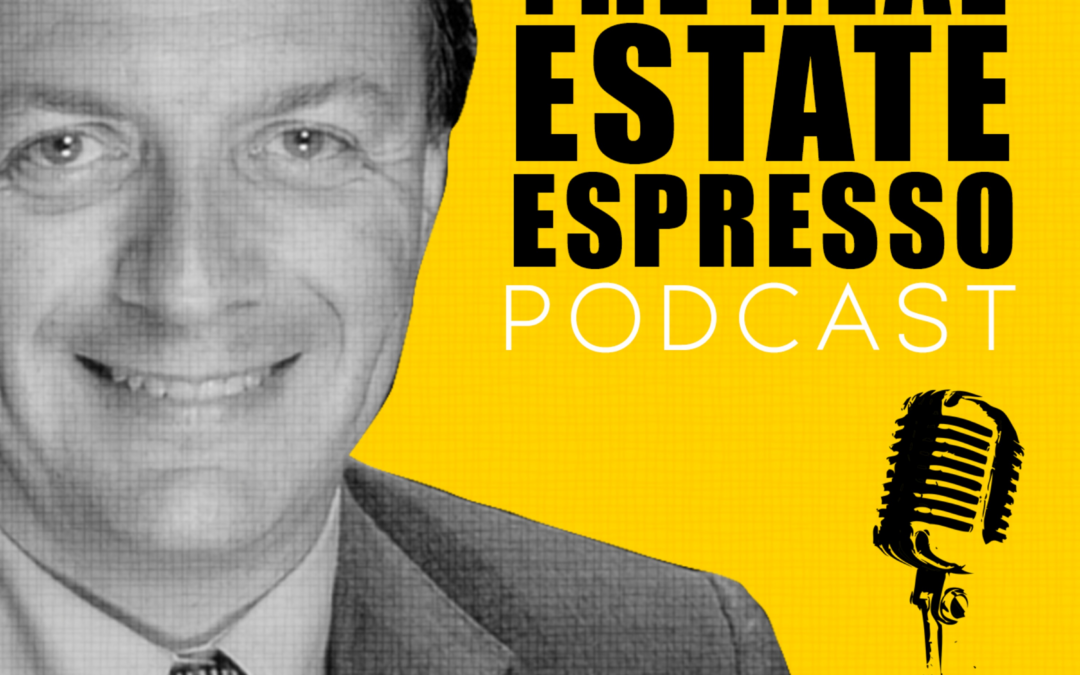On today’s show we’re talking about an event that took place about a month ago. It made a few headlines at the time, but there’s been very little said about it ever since.
There’s a global debate raging on the best way to handle the global pandemic. Let’s be clear, there is no good solution. There are three trade-offs to be made.
1) Protecting health for people who might be susceptible.
2) Minimizing damage to the economy through social isolation and quarantine activities
3) Protecting the health care system from being overwhelmed with hospitalizations
Unfortunately, what is a scientific and economic problem has become politicized. At the end of the day, the virus doesn’t care what passport you hold, what political party affiliation you have, where you live, whether you’re old or young.
Last month, there was a motorcycle rally that was held in Sturgis South Dakota over a 10 day period in which nearly 500,000 people descended upon a small town of about 7,000. This annual event brings people from all over the country.
A new paper which examines this event was published last week by the IZA Institute for Economic Development, funded by The Deutsche Post. The paper is DP No. 13670 entitled: “The Contagion Externality of a Superspreading Event: The Sturgis Motorcycle Rally and COVID-19″.
The Sturgis Motorcycle Rally represents a situation where many of the “worst case scenarios” for superspreading occurred simultaneously: the event was prolonged lasting 10 days, included individuals packed closely together, involved a large out-of-town population. Attendees to the events were only required to show that they had a mask in their possession, but were not required to wear it. The only large factors working to prevent the spread of infection was the outdoor venue, and low population density in the state of South Dakota.
A month after the event, it looks like the number of cases in the community multiplied by a factor of 4-5. To be clear, the case counts in Meade county prior to the motorcycle rally were low. There were approximately 2 cases per 1,000 population. After the rally, the number grew to 9 cases 1,000 population.
Not only that, but the event was also responsible for the spread of the disease in the communities where attendees originated from.
The study used anonymized smartphone data from SafeGraph, Inc. They used the SafeGraph data to measure the number of non-resident visitors to the census block groups (CBGs) where Sturgis Motorcycle Rally events took place, (ii) trace those attendees back to their home counties, and (iii) measure stay- at-home behavior among residents of Meade County.
South Dakota is one of the least densely populated states in the country. They naturally had social distancing built into their society. For that reason, South Dakota has had no restrictions on restaurant closings, no restrictions on social gatherings, no restrictions. They put the responsibility in the hands of residents and visitors to act responsibly. There is no mask wearing mandate, and there is no work from home requirement.
The makeup of attendees was 0.9% from the local county, about 8.5% from other counties in South Dakota and close 90.7% from out of state. All of this data was provided by the smartphone pings.
The authors of the study concluded that the Sturgis Motorcycle Rally generated public health costs of approximately $12.2 billion. The authors financial conclusions were flawed in my opinion, but the rest of the study was solid.
This study is the first real petri dish experiment of a large gathering involving large numbers of people to a live event, and involving travel from many parts of the country into a single location. Since the study was published last week, I expect that it will play a role in shaping public health policy for governments around the world.



